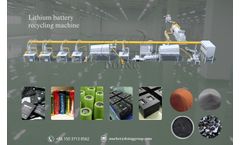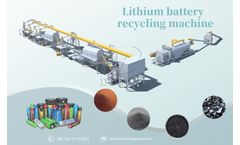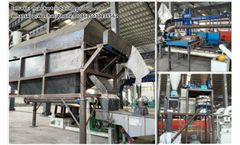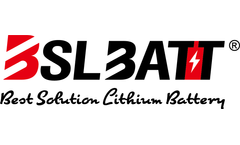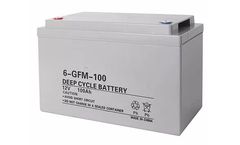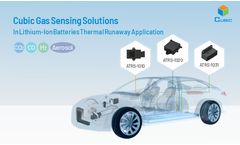Refine by
Lithium Battery Articles & Analysis: Older
111 articles found
In this article, we will explore various methods for realizing the resource utilization of waste lithium batteries. Understanding the Lithium Battery Lifecycle Before diving into solutions, it is crucial to understand the life cycle of lithium batteries: Production: Lithium ...
Applications: Lithium-ion battery: Lithium-ion battery has the advantages of high energy density, high output voltage, long cycle life, and low environmental pollution, and has important applications in electronic products and automobiles. In lithium-ion batteries, the electrolyte mainly plays ...
Lithium-ion batteries are currently widely used in the field of energy storage. ...
This comprehensive system, engineered by DOING, seamlessly integrates functions like feeding, crushing, pyrolysis, multi-stage separation, and dust removal, streamlining the entire waste lithium battery recycling process. Now, let's take a look at how lithium battery recycling machine crushing line works! Initially, the spent ...
At the same time, because the M-Bus bus can simultaneously complete the function of data communication and provide communication power supply, further saving the material and labor costs.2.2 Remote power supply: The M-Bus electricity meter supports remote power supply, which means that in the normal power supply system, the slave device (such as the electricity meter) requires no additional ...
At the same time, because the M-Bus bus can simultaneously complete the function of data communication and provide communication power supply, further saving the material and labor costs.2.2 Remote power supply: The M-Bus electricity meter supports remote power supply, which means that in the normal power supply system, the slave device (such as the electricity meter) requires no additional ...
With the popularity of electric vehicles and renewable energy storage systems, the demand for lithium batteries has risen sharply, and the recycling of waste lithium batteries has become increasingly prominent. ...
Therefore, all batteries must be disposed of safely and responsibly. Well, how to dispose of waste lithium battery? ...
The truth is, lithium batteries perform much better in cold conditions than other battery types, but you’ll still want to take care of them because they’re pricey.Your battery can survive and thrive this winter with the right precautions. ...
Understanding this reaction is a key step toward better battery safety. Thermal runaway in lithium-ion batteries Batteries are designed to store chemical energy, and during thermal runaway, this chemical energy is uncontrollably released. In lithium-ion batteries (LIBs), thermal runaway can be ...
The world of battery development is being transformed by the intricate chemistry of electrodes. They play a key role in enhancing energy densities and overall battery performance. This can be seen in lithium-ion batteries and their application in electric vehicles. ...
The Climate Institute seeks partnerships with startup initiatives and emerging technology development efforts that transform renewable energy systems. We welcome initiatives and demonstration projects to help advance meaningful climate solutions. The Climate Institute supports our colleagues and partners working on emerging technologies by providing research assistance, intern support, ...
This property provides a platform for the reversible storage and release of various substances, such as lithium ions. One of the key advantages of expandable graphite is its high thermal conductivity. ...
To understand what we can get from processing 1 ton of waste lithium batteries, it is necessary to consider the battery type and specific design. ...
The Challenge In the ever-evolving landscape of energy storage technology, the demand for efficient and sustainable solutions has intensified, prompting a significant shift in the materials utilized for lithium-ion batteries. Anode active materials (AAM) are generally made from carbon-based materials like graphite, silicon, or a combination of the two, with ...
Catalyst research offers a vital contribution to the production of hydrogen energy. Green hydrogen has so much potential to make an impact on the productivity and efficiency of future sustainable energy sources. So, there is merit in understanding what opportunities could come from catalyst advancements and hydrogen utilization. Learn more below about catalyst development and how it can enhance ...
Among the various types of batteries available, the lead-acid battery is one of the oldest and most widely used technologies. ...
Lithium-Ion Batteries Explained Li-ion batteries have changed the way people store energy. ...
Recent years, lithium-ion batteries thermal runaway events have attracted widespread attention. To further reduce the loss of life and property caused by lithium-ion batteries thermal runaway, some important regulations have been promulgated. ...
Analyzing the financial study of energy storage is an enormous task and contains significant risk. Solar panels have been demonstrated to perform reliably for decades and operate relatively simply with a one-directional flow of ...

